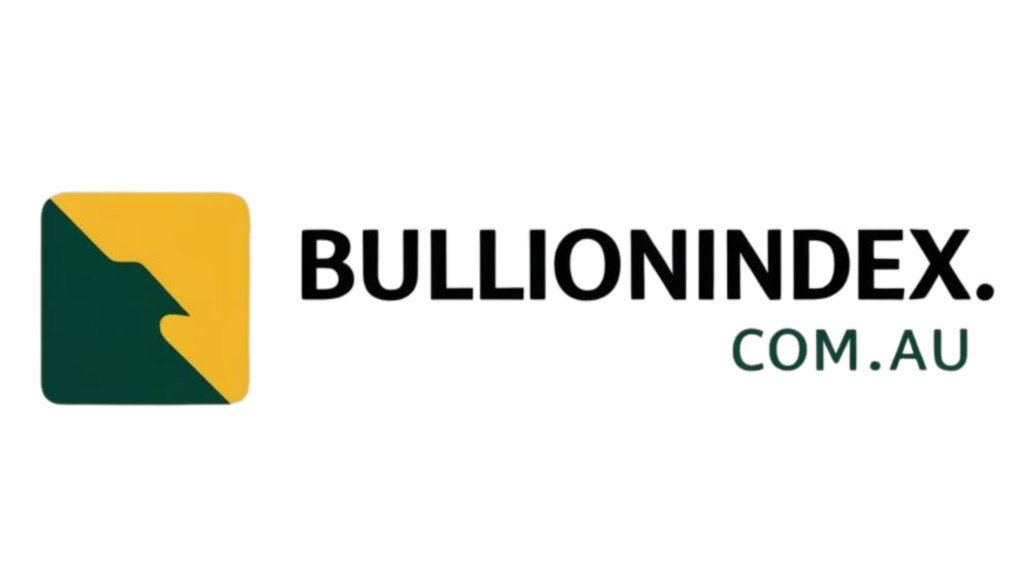Platinum has emerged as the top-performing precious metal in 2025, surpassing gold with over 30% price growth year-to-date. Recent weeks have seen platinum prices soaring to four-year highs, exceeding $1,200 per ounce, as reported by the London Bullion Market Association. This surge is driven by a unique combination of industrial demand growth and investment interest, highlighting platinum’s dual nature as both a precious metal and a critical industrial material.
The platinum market’s exceptional performance in 2025 has attracted significant attention from institutional investors globally. The World Platinum Investment Council (WPIC) projects a third consecutive year of supply deficits, with an estimated shortfall of nearly 1 million ounces. This imbalance is expected to persist for the next couple of years, exerting upward pressure on prices. The auto sector’s increasing demand, coupled with supply constraints primarily from South Africa and Zimbabwe, underscores the fundamental reasons behind platinum’s outperformance.
Platinum’s appeal lies in its dual role as a precious metal and an industrial commodity, offering investors a unique value proposition. While it shares characteristics with gold as a store of value, platinum’s industrial applications, particularly in environmental technologies, set it apart. The metal’s crucial role in reducing emissions, especially in diesel engines, makes it indispensable for meeting stringent global standards. This industrial upside, combined with its scarcity and diverse applications, has attracted institutional fund flows, with significant investments flowing into platinum ETFs in 2025.
Comparing platinum to gold reveals distinct differences in performance metrics, supply dynamics, and industrial applications. Platinum’s higher volatility, driven by its smaller market size and sensitivity to industrial demand, presents opportunities for greater returns in bullish market conditions. The metal’s unique properties, such as its resistance to corrosion and high melting point, underpin its essential role in various high-tech applications beyond traditional uses in jewelry and investment coins.
Geopolitical factors and trade tensions have further fueled platinum’s price surge in 2025. New tariff policies and supply bottlenecks resulting from trade restrictions have contributed to the metal’s momentum. Additionally, investment demand for platinum as an alternative to gold has gained traction, with institutional inflows into platinum ETFs reaching record levels in the second quarter of 2025. Limited mining production, particularly in South Africa, poses challenges to meeting growing demand, further supporting platinum prices.
Investors seeking exposure to platinum have various options, including physical platinum, ETFs, and futures contracts. Each option comes with its own set of risk factors, such as concentration risk, geographic risk, and commodity price volatility, which investors need to consider. Diversification strategies, such as allocating a portion of a broader precious metals portfolio to platinum or using ETFs for diversified exposure, can help mitigate risks associated with individual platinum stocks.
Looking ahead, supply projections suggest continued deficits in the platinum market, supporting prices in the near term. Factors like stricter emissions standards, hydrogen fuel cell technology, and recovering automotive production volumes could drive increased demand for platinum. While price predictions remain uncertain, leading investment banks have revised their targets upward, indicating a positive outlook for platinum beyond 2025.
📰 Related Articles
- Platinum Surges in 2025, Outperforms Gold and Silver
- World Travel Market Africa 2025: Driving Sustainable Tourism Growth
- WE Innovate 2025 Celebrates Women Entrepreneurs Driving Economic Growth
- Unlocking Investment Potential: Platinum and Palladium Beyond Gold
- USMNT Gears Up for 2025 Gold Cup Preparations






